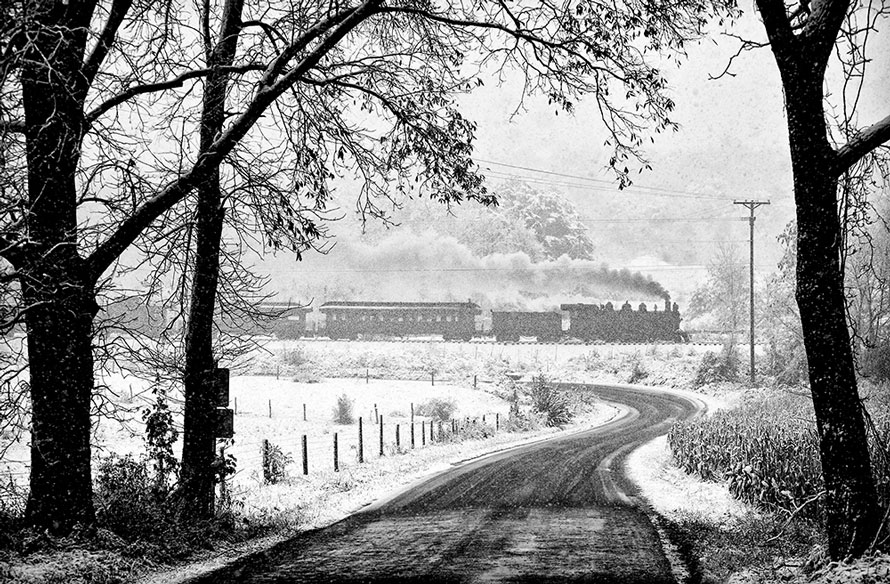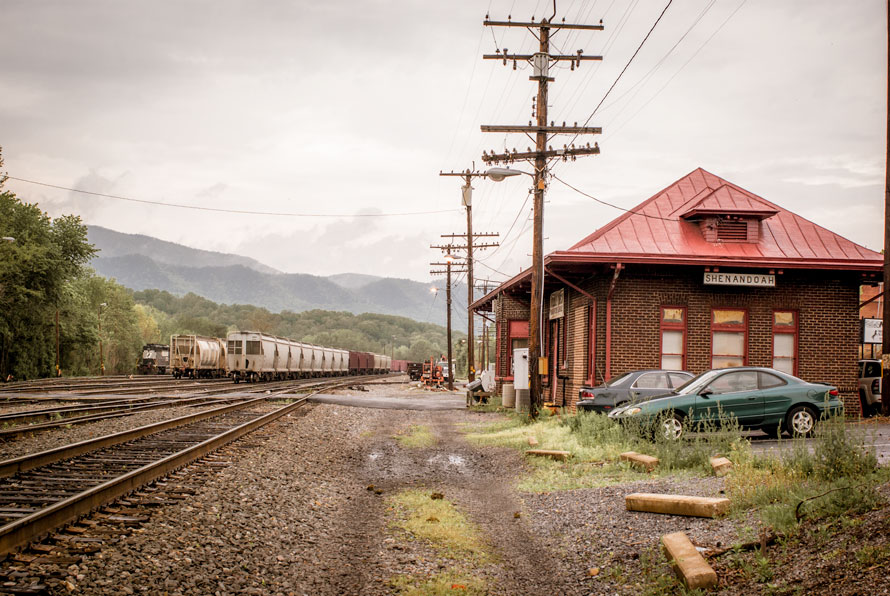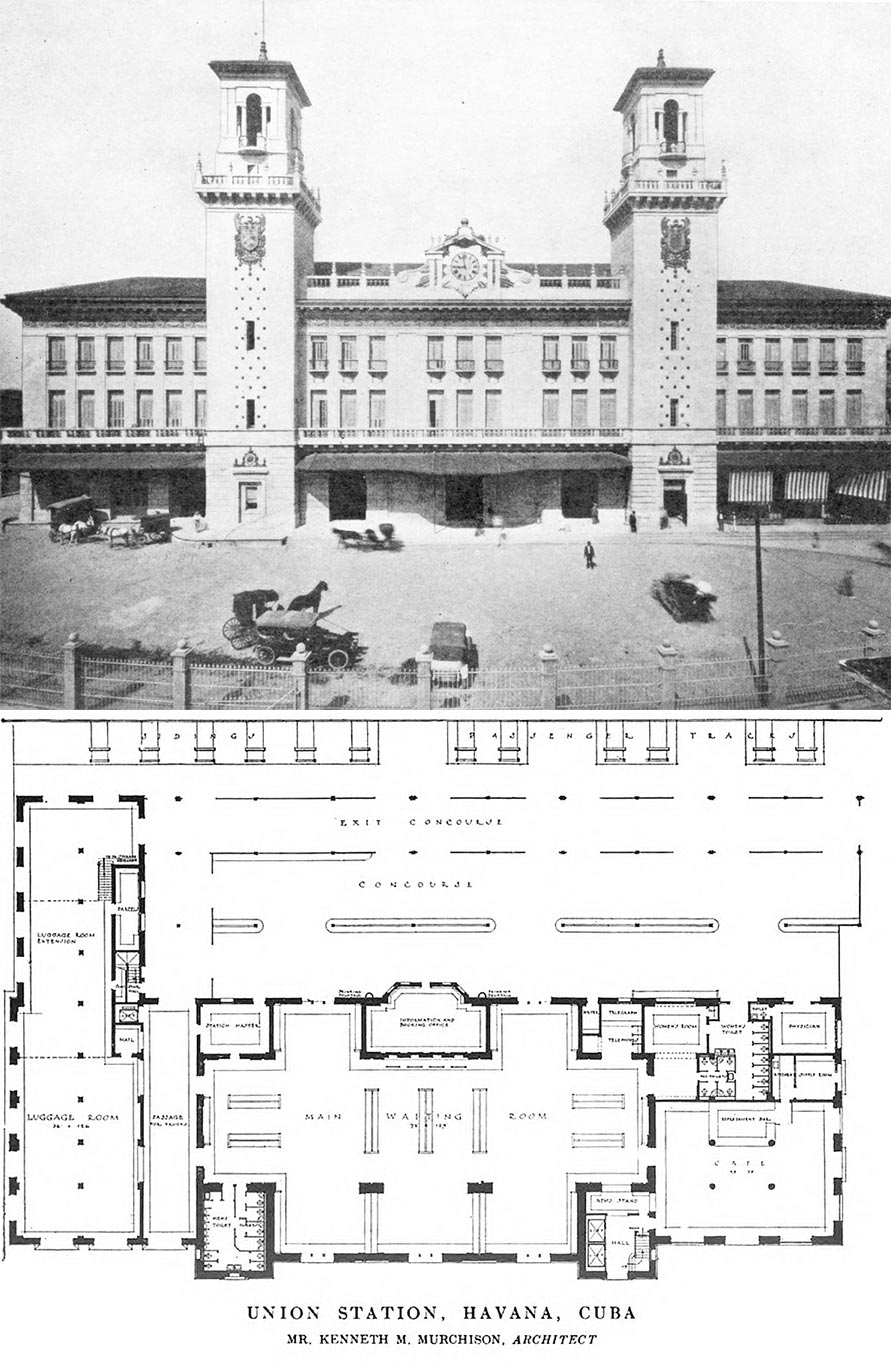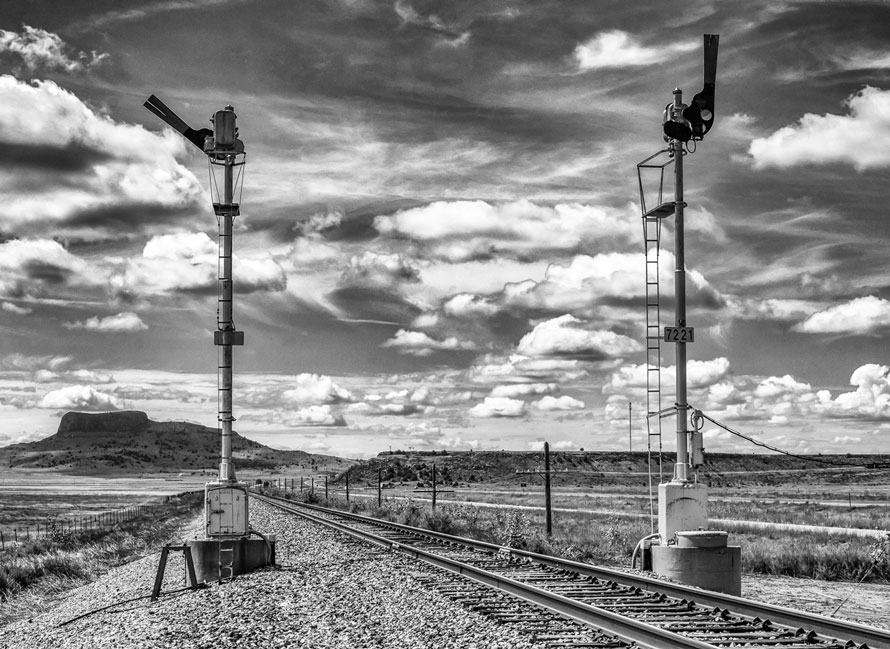Stations: An Imagined Journey
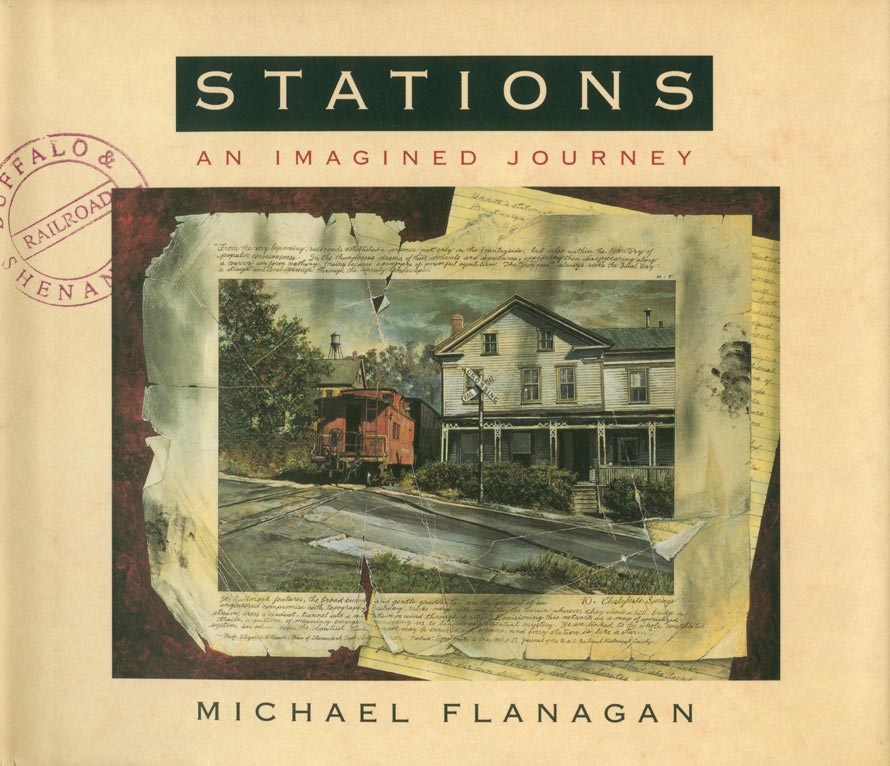
In the summer of 1992 I attended an industrial archaeology field school at Harpers Ferry, West Virginia and spent my free time investigating railroad action around Martinsburg, Winchester and the surrounding Shenandoah Valley. Two years later, my annual Christmas stocking-stuffer book was Michael Flanagan’s illustrated novel of railroad paintings, Stations: An Imagined Journey which to my surprise was set in the same geographic area. I was immediately drawn to the paintings, many of which looked like familiar places. The narrative seemed cryptic on the first reading. But I kept returning to the book, which eventually led me on my own journey, a personal exploration that rewarded me with a deeper understanding of my attraction to the railroad landscape.
